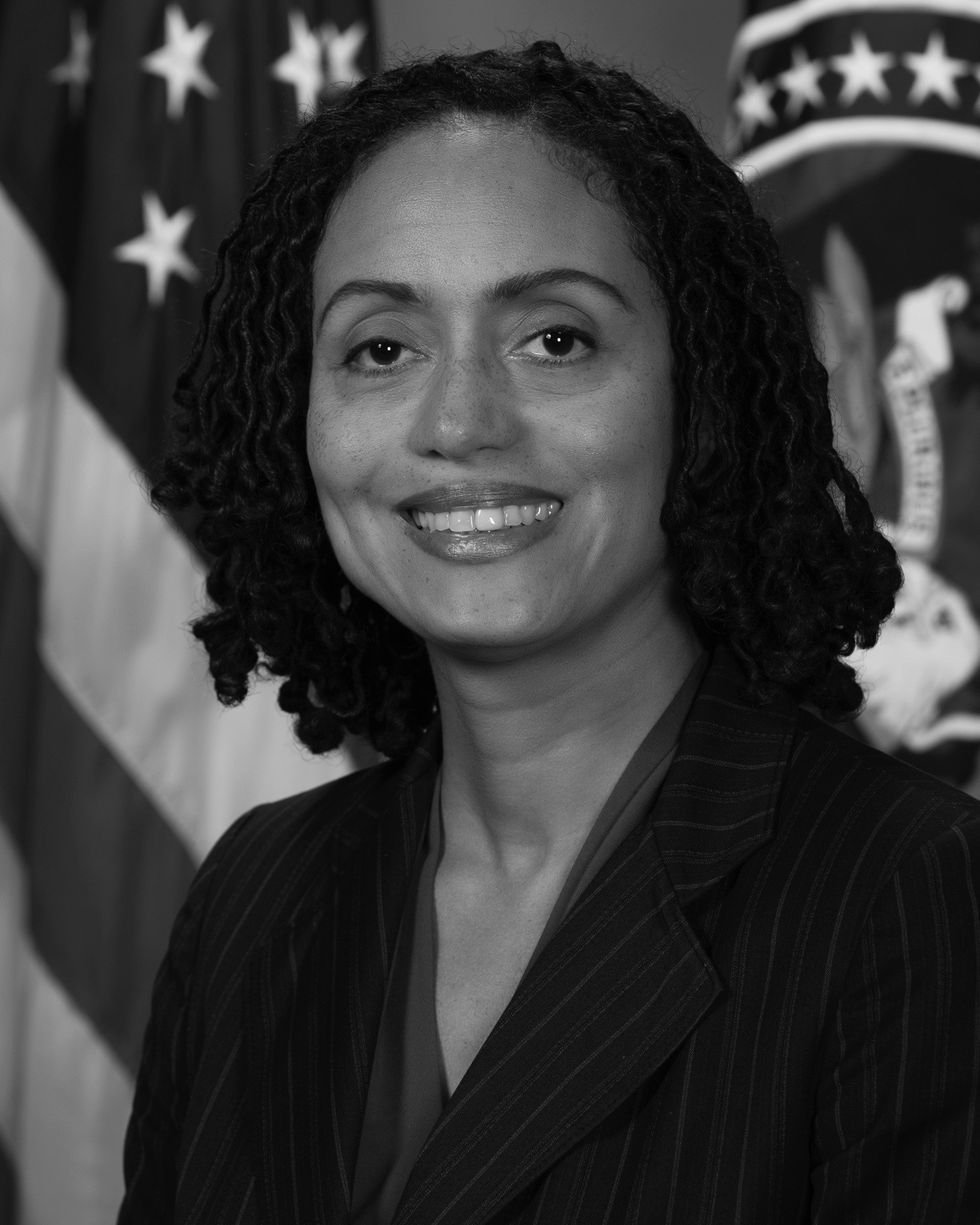The National Geospatial-Intelligence Agency has long relied on a range of technological tools to provide geospatial intelligence (GEOINT) like commercial imaging, remote sensing and human geography to help warfighters, first responders, policymakers and spies navigate the world.
Due to its unique mission and vantage point, NGA serves both as an intelligence and combat support agency. And because so much of the research and development of its best tools (think satellites and sensors) happens in the private sector, NGA has worked harder than most to invite the private sector in on its mission. The agency manages more than 400 commercial and government relationships around the world and unlike other intelligence agencies, it shares much of what it learns with the public, in unclassified forums.
NGA’s classified work might include providing intelligence to military personnel performing missions on ships or planes, or providing geospatial information surrounding targets or even assisting in the response to natural disasters by mapping the globe and understanding what’s coming next.
The agency was founded in 1996 and quickly became the U.S.’ eye in the sky when it came to mapping the terrain where adversaries were operating. Back then it was called the National Imagery and Mapping Agency (NIMA), which sounds pretty nerdy, but with the rapid global development of technology that knows no borders, NGA has become an important agency with a lot to keep its eyes on.
NGA is headquartered in Springfield, Va. and has two major locations in St. Louis and Arnold, Mo. Hundreds of NGA employees serve on support teams at U.S. military, diplomatic and allied locations around the world.
There are a lot of changes underway to make that mission more efficient, including the development of NGA West – a sprawling 97-acre campus in St. Louis, Missouri that will be the home of a 712,000 square-foot office building due to open by 2025. Because of NGA’s partnerships with private industry, foreign nations, academics, etc. the campus is being designed to host more open space where partners and clients won’t need top secret security clearances to see what NGA is up to.
“We want to be able to have those partnerships, whether it is with other foreign countries, with industry, or with academia,” says NGA’s Deputy Director, Dr. Stacey Dixon. “Being able to find spaces to bring in the youth in the neighborhood, to be able to work and learn about geospatial so that we can encourage the next generation.”
And that’s part of the mission, too. We sat down recently with Dr. Dixon to talk about how relationships with communities, academia and the private sector will help shape the future of NGA.
Our interview with Dr. Dixon has been edited for length and clarity.
The Cipher Brief: How do you explain NGA’s mission today, and do you think it's changed over time?
Dixon: The mission itself is the same, our goal is to show the way. To be able to bring knowledge of the world to those who need this knowledge for decision making. Whether it is the war fighter, or whether it is our intelligence community partners, or whether they are decision-makers at the highest levels of government, our mission is to be able to give them the information they need based on what we can collect through GEOINT, when they need it.
The Cipher Brief: How has NGA’s relationship with its non-government partners changed over the past few years?
Dixon: We always spent a lot of money out in industry, buying services and images. The number of companies that can now find their way through the process to contract with us has increased and a lot more companies are finding us via our outposts in Silicon Valley and in Austin, Texas.
Dr. Stacey Dixon, Deputy Director, National Geospatial-Intelligence Agency (NGA)
We’re more willing to look at new ways to contract with private companies using existing tools and authorities and that will open up the aperture for companies that may not have the same infrastructure as our long-term continuous defense partners do.
The Cipher Brief: A broad, longstanding complaint from the private sector has been that it takes too long to work with government – in general - and that the timeline for the acquisition and contracting process was being outpaced by the evolution of the threats.
Dixon: Threats are always there. But yes, we have recognized that acquisition is going to have to keep pace. And I mean this across the intelligence community, so all the way over at ODNI with their acquisition agility initiative, to us on a day-to-day basis, we want to be able to contract with some very unique, interesting companies that have a service that we think would benefit a mission partner and we've got to figure out how to be able to do this more quickly. We have other ways that companies can compete and other ways that we can become aware of them and their services. We are still working through making acquisition more agile. We are headed in the right direction.
The Cipher Brief: No pun intended here, but what's on the horizon for NGA over, let's say, the next five years?
Dixon: Our strategy takes us up to 2025, so your question is very valid. We will see a lot more of what we're calling triple A; Automation, Augmentation, and Artificial Intelligence.
Being able to automate more of the things that are routine, that is the near-term goal. Being able to leverage all of the data that we have and figuring out how to get it in the formats needed to be able to create these great algorithms that can then automatically do some of the more basic things that we do is increasing. Then allowing it to do more complex things, while always realizing that it's going to be that partnership between machine and person, and between our analysts and their tools, that is so critical.
Dr. Stacey Dixon, Deputy Director, National Geospatial-Intelligence Agency (NGA)
That's really going to help us allow people to think more critically and do the things that people are best at doing, which is spotting those harder trends where you don't have all the data sets and you really have to bring in creativity and instinct that tells you to look over here, or question whether something is going on here that I need to look at more closely. I see a lot more of that.
I also see a lot more of our partnerships around the world. We have about 70 foreign partners today. Whether they are imagery sharing partnerships with other countries, or us leveraging our coalition partnerships. We work closely with our Five Eyes partners but with others as well because of where they are located in the world. Leveraging those partnerships also allows us to focus on some other things. I think we’re going to see a lot more of that burden sharing and I think we're leading the way in the community with that in a lot of ways.
Something about GEOINT makes it very easy to partner with others and with the people who are really interested in imagery at the lowest classification level that they can share with the broadest number of people. Certainly, the commercial satellites are helping us with that particular mission in space and allowing us to share very high-quality images with people who need them.
The Cipher Brief: What are some of the biggest challenges NGA will face in that regard in the future?
Dixon: We have a lot of data, and the data that we've collected has not been for the purpose of using it for machine learning so there is the question of how do you get that data into a format that you can use? The decision to spend resources to do that, is important. Do we look backwards to help us with predictions, or do we focus forward and just make sure that all the data coming in is the way that we want it to be, and then build up over time? That's a question we're going to ask ourselves. There's so much data out there that we're going to want to use to help us train algorithms, and just figure out how to do things in an automated fashion. The amount of resources that it takes to actually do that is way more than people think.
Dr. Stacey Dixon, Deputy Director, National Geospatial-Intelligence Agency (NGA)
And the threats keep changing. You've seen that in the news, when it comes to what other countries are doing with hypersonics. We as a country need to be going forward with that as well, but we also need to be able to detect those things. And not us specifically within the Intelligence Community, but within the Department of Defense, to defeat them. So those threats and the types of intelligence that you need to address them is going to change. It will take a lot of hard work to figure out how to best use those resources.
The Cipher Brief: You mentioned 70 international partners. Tell us more about those relationships.
Dixon: It's been really interesting seeing that even smaller countries that don't have their own native capabilities, if you give them imagery to analyze, they really can do a lot. There are a lot of countries that want to have their own geospatial-like organization to see the quality of the products that they're producing and be able to showcase that amongst our mission partners is great.
The Cipher Brief: On a personal level, you left NGA for a while and went to IARPA – the Intelligence Community’s research arm - where you served as Deputy Director and then Director before coming back as Deputy Director at NGA. Were there things that surprised you when you came back, or that you didn't expect regarding challenges or developments or the pace of change?
Dixon: That's a really good question. I think I've internalized more the things than I realized about myself, more so. So in the jobs that I've held here previously; as deputy director for research, as the chief of congressional intergovernmental affairs, and a little a stint in corporate communications, I had to have a very broad understanding of what was happening in this agency to be able to communicate that more broadly. In certain cases when it came to research, I had to be able to deep dive into particular issues that encompassed the breadth of what we do here and how we do it. I didn't understand as much about it as I certainly want to understand now. So, it was more of that realization that I've got some work to do, I've got to roll up my sleeves and really dive in where I can, recognizing that it's no longer my job to be the expert on any one thing. So that's been a little bit of a balance for me.
I came back after serving as Director of IARPA where I got to do these great research deep dives and program reviews, and now we deep dive into a lot of different things. But most of them are not technical things, most of them are people related things.
Resources: Check out NGA’s TearLine Website, where the agency shares unclassified intelligence with the public.
Engage directly with government leaders and experts like NGA’s Dr. Dixon at The Cipher Brief’s Annual Threat Conference March 22-24 in Sea Island, GA as we focus on future threats and how the public and private sectors will need to work together to address them. Seats are limited. Apply for yours today.
Read more national security insights, analysis and perspectives in The Cipher Brief.















